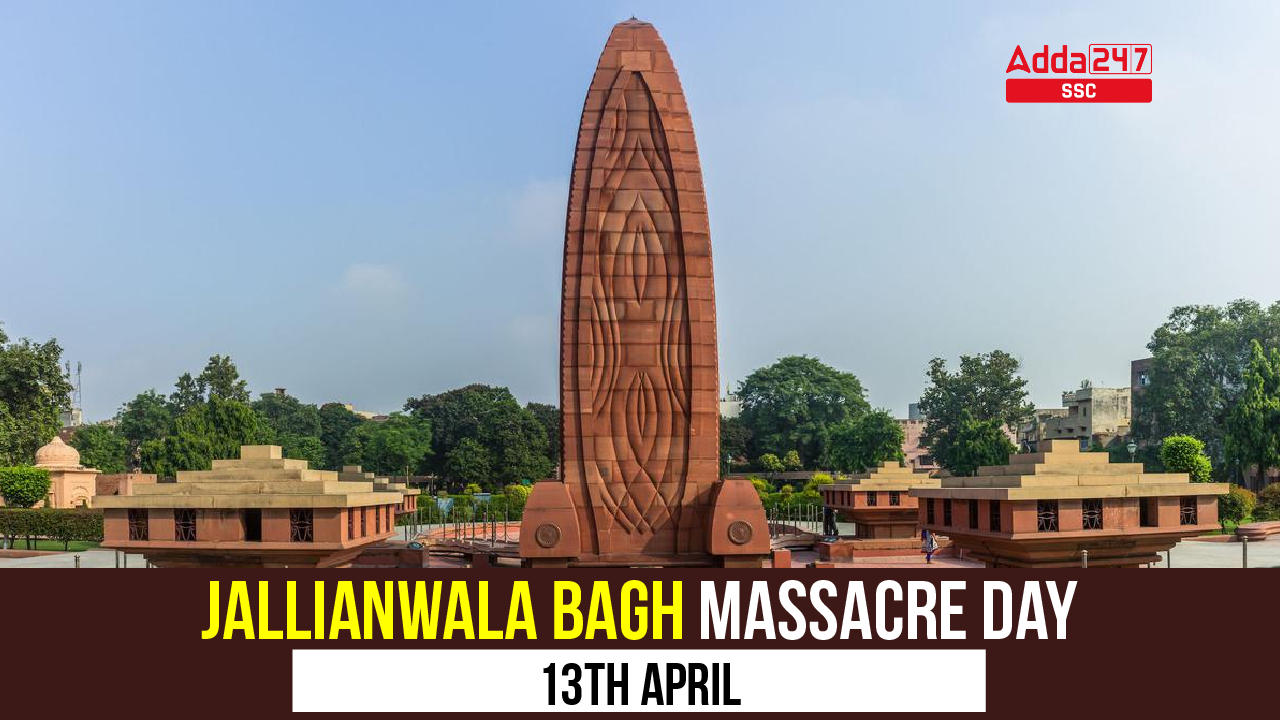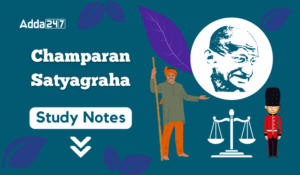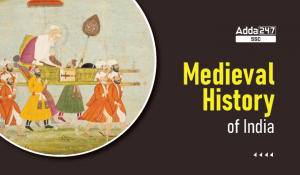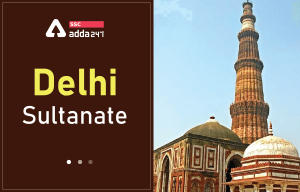Table of Contents
Jallianwala Bagh Massacre
The Jallianwala Bagh massacre took place on 13 April 1919, the day when troops of the British Indian Army under the command of Colonel Reginald Dyer openly fired into a crowd of thousands of people, who had gathered in Jallianwala Bagh, Amritsar, Punjab. Hundreds of people were killed in the Massacre which is considered a Dark Day in history.
Reasons behind the Gathering of The Jallianwala Bagh Massacre
- The formation of the Rowlatt Committee in 1919 angered many people. Under the Rowlatt Act, many fundamental rights of the people such as the freedom of expression were curbed and the act also strengthened the police powers. The passing of the Act resulted in furious protests throughout the country.
- The protests by the people at Jallianwala Bagh were also done for the release of two popular leaders of the Indian Independence Movement- Satya Pal and Saifuddin Kitchlew.
- The violent protests resulted in the burning of the Town Hall and Railway station, the disruption of telegraphs and communication systems. It also resulted in many deaths including a few deaths of European government officials as well as civilians. The unrest became worst, especially in Punjab.
Jallianwala Bagh Massacre Day In Hindi
What Happened on 13th April?
- On 13 April 1919, thousands of people gathered at Jallianwala Bagh in Amritsar, Punjab. The day marks the beginning of a New Year for the Sikhs and is also celebrated as the Baisakhi festival all over Punjab. Colonel Reginald Dyer announced a curfew throughout Amritsar on the morning of Baisakhi and a ban on all processions was done prohibiting a group of 4 or more people to meet publicly.
- By mid-day, thousands of people gathered at the Jallianwala Bagh including the devotees at Harmandir Sahib for peaceful protests.
- Dyer marched his 50 riflemen to a raised bank and ordered them to kneel and fire.
- Official British Raj sources estimated the fatalities at 379, with 1,100 wounded. Civil Surgeon Dr. Williams DeeMeddy indicated that there were 1,526 casualties. However, the casualty number quoted by the Indian National Congress was more than 1,500, with roughly 1,000 killed.
“The act was not to disperse (the meeting), but to punish the Indians for their disobedience.” -General Reginald Dyer
Jallianwala Bagh Massacre Nation’s Response
- The Bengali poet and Nobel laureate Rabindranath Tagore renounced the knighthood he had received in 1915.
- The Hunter Committee was appointed by the British government to discuss the issue. The Committee known as Hunter Committee after its chairman, Lord Hunter, held Brigadier-General R.E.H. Dyer guilty of what he had done. As a result, General Dyer was relieved of his duties and prematurely retired from the army.
- The Indian National Congress session was held in December 1919 at Amritsar to call upon the British Government to “take early steps to establish a fully responsible government in India in accordance with the principle of self-determination.”
- Udham Singh avenged the killings of 1300+ of his countrymen by killing Michael O’Dwyer in Caxton Hall of London. On the 31st of July 1940, Udham Singh was hanged at Pentonville jail, London.
Silence, bloodstains, and bullet holes: That’s the story of the Jallianwala Bagh
You may also like to read this:
| Important Days in April 2023 | World Heritage Day |
| World Earth Day | World Malaria Day |


 Champaran Satyagraha, Background, Causes...
Champaran Satyagraha, Background, Causes...
 Medieval History of India, Notes on Maj...
Medieval History of India, Notes on Maj...
 Delhi Sultanate, Notes on Dynasties of M...
Delhi Sultanate, Notes on Dynasties of M...






